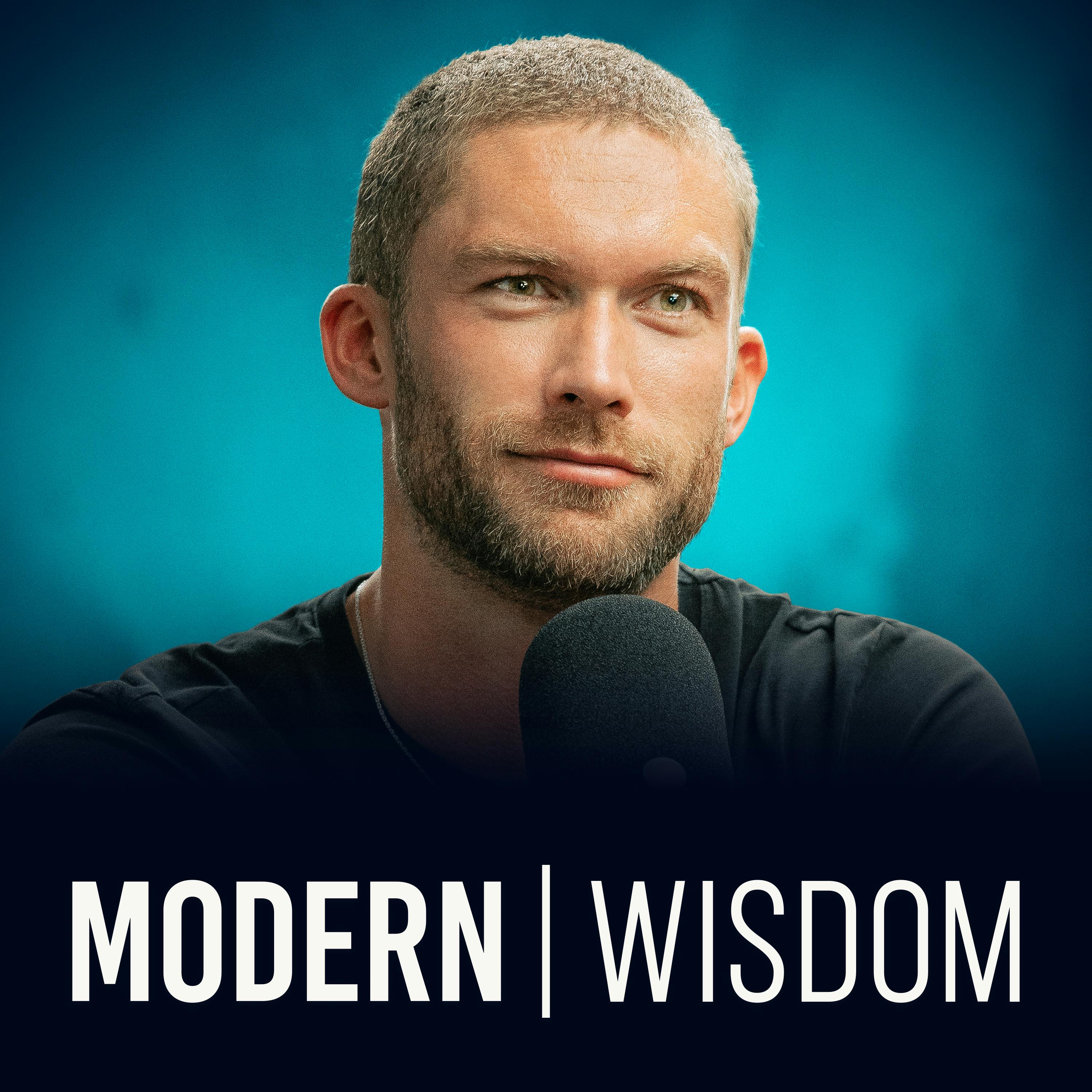
#984 - Colton Scrivner - Why We’re Drawn to Death, Crime, & Danger
🤖 AI Summary
Overview
This episode explores the psychology of morbid curiosity, delving into why humans are drawn to dark, violent, or unsettling content. Behavioral scientist Colton Scrivner explains the evolutionary roots of this fascination, its connection to threat learning, and how it manifests in modern media like horror films, true crime, and even zombie movies. The discussion also touches on individual differences in morbid curiosity, gendered preferences for certain types of content, and the societal implications of our growing exposure to violent imagery.
Notable Quotes
- Humans can reap the benefits of predator inspection without having any of the costs. That’s like candy for our minds.
– Colton Scrivner, on why we’re drawn to morbid content.
- True crime is just war stories for women, and war stories are true crime for men.
– Chris Williamson, on gendered preferences in morbid content.
- A dangerous person is only dangerous to you if they don’t like you. If they like you, they become a huge asset.
– Colton Scrivner, on the paradox of attraction to dangerous individuals.
🧠 The Evolutionary Logic of Morbid Curiosity
- Colton Scrivner explains that morbid curiosity stems from an evolutionary need to learn about threats without direct exposure. This mirrors behaviors in animals like gazelles, which observe predators to understand their behavior.
- Humans uniquely leverage storytelling to simulate dangerous scenarios, allowing us to sandbox
threats and learn from them safely.
- Dreams, folklore, and even horror films serve as tools for rehearsing and understanding threats, enhancing survival strategies.
🔪 The Four Domains of Morbid Curiosity
- Colton Scrivner identifies four key areas of morbid curiosity:
1. Violence – Interest in witnessing or understanding violent acts.
2. Minds of Dangerous People – Fascination with individuals capable of violence, such as serial killers.
3. Body Violations – Curiosity about injuries and their causes.
4. Supernatural/Paranormal – Interest in threats that are mysterious or poorly understood, like ghosts or aliens.
- Zombie movies uniquely tap into all four domains, making them particularly compelling.
👩⚖️ Gendered Preferences in Morbid Content
- Women are more drawn to true crime, likely because it reflects threats they are more likely to encounter (e.g., violence in personal relationships).
- Men gravitate toward war stories and UFC, aligning with historically relevant threats like intergroup violence.
- This gendered interest is evident even in childhood play, with boys engaging in war-like games and girls focusing on nurturing or relational dynamics.
🎥 The Anatomy of Horror and Its Appeal
- Horror films are defined by the dynamic between a highly formidable antagonist and a vulnerable protagonist, creating an archetypal underdog story.
- Jump scares and cinematic techniques, like the monster enters left
trope, exploit cognitive biases to heighten fear.
- Empathy plays a critical role in enjoying horror; viewers must connect with the protagonist to feel the intended fear or suspense.
📈 Modern Exposure to Violence and Its Implications
- Increased access to violent imagery through media raises questions about desensitization and empathy.
- Contrary to popular belief, horror fans are not less empathetic; their enjoyment stems from their ability to empathize with characters in danger.
- Studies show that morbidly curious individuals demonstrated greater psychological resilience during the COVID-19 pandemic, suggesting that exposure to simulated threats may prepare people for real-world challenges.
AI-generated content may not be accurate or complete and should not be relied upon as a sole source of truth.
📋 Episode Description
Coltan Scrivner is a behavioral scientist, an expert on morbid curiosity in horror and true‑crime media, and an author.
Why are humans so curious about death? From car accidents to scary stories, roller coasters, and horror movies, some people are fascinated while others are repulsed. What draws us toward the very things we should naturally want to avoid?
Expect to learn why humans are drawn to dark or morbid content and the evolutionary logic behind watching something that disturbs us, why there is a gender gap of who is more interested in morbid curiosity, why some people find serial killers fascinating while others are repulsed, the biggest differences between terror and horror & the connection between disgust and fascination, what horror can teach us about emotional self-regulation, and much more…
Sponsors:
See discounts for all the products I use and recommend: https://chriswillx.com/deals
Get a Free Sample Pack of LMNT’s most popular Flavours with your first purchase at https://drinklmnt.com/modernwisdom
Get 5 Free Travel Packs, Free Liquid Vitamin D, and more from AG1 at https://ag1.info/modernwisdom
Get 60% off an annual plan of Incogni at https:/incogni.com/modernwisdom
Timestamps:
(0:00) Why are We Drawn to Dark Content?
(7:20) The 4 Domains of Morbid Curiosity
(15:25) Morbid Curiosity in Evolution
(22:51) Individual Difference in Morbid Curiosity
(34:05) What is So Attractive About Serial Killers?
(37:46) Why are Certain Groups Attracted to Certain Types of Morbid Content?
(47:17) The Perfect Ingredients for a Horror Movie
(57:14) Why is There Increasing Desensitisation to Morbid Content?
(01:02:59) Find Out More About Colton
Extra Stuff:
Get my free reading list of 100 books to read before you die: https://chriswillx.com/books
Try my productivity energy drink Neutonic: https://neutonic.com/modernwisdom
Episodes You Might Enjoy:
#577 - David Goggins - This Is How To Master Your Life: https://tinyurl.com/43hv6y59
#712 - Dr Jordan Peterson - How To Destroy Your Negative Beliefs: https://tinyurl.com/2rtz7avf
#700 - Dr Andrew Huberman - The Secret Tools To Hack Your Brain: https://tinyurl.com/3ccn5vkp
-
Get In Touch:
Instagram: https://www.instagram.com/chriswillx
Twitter:
